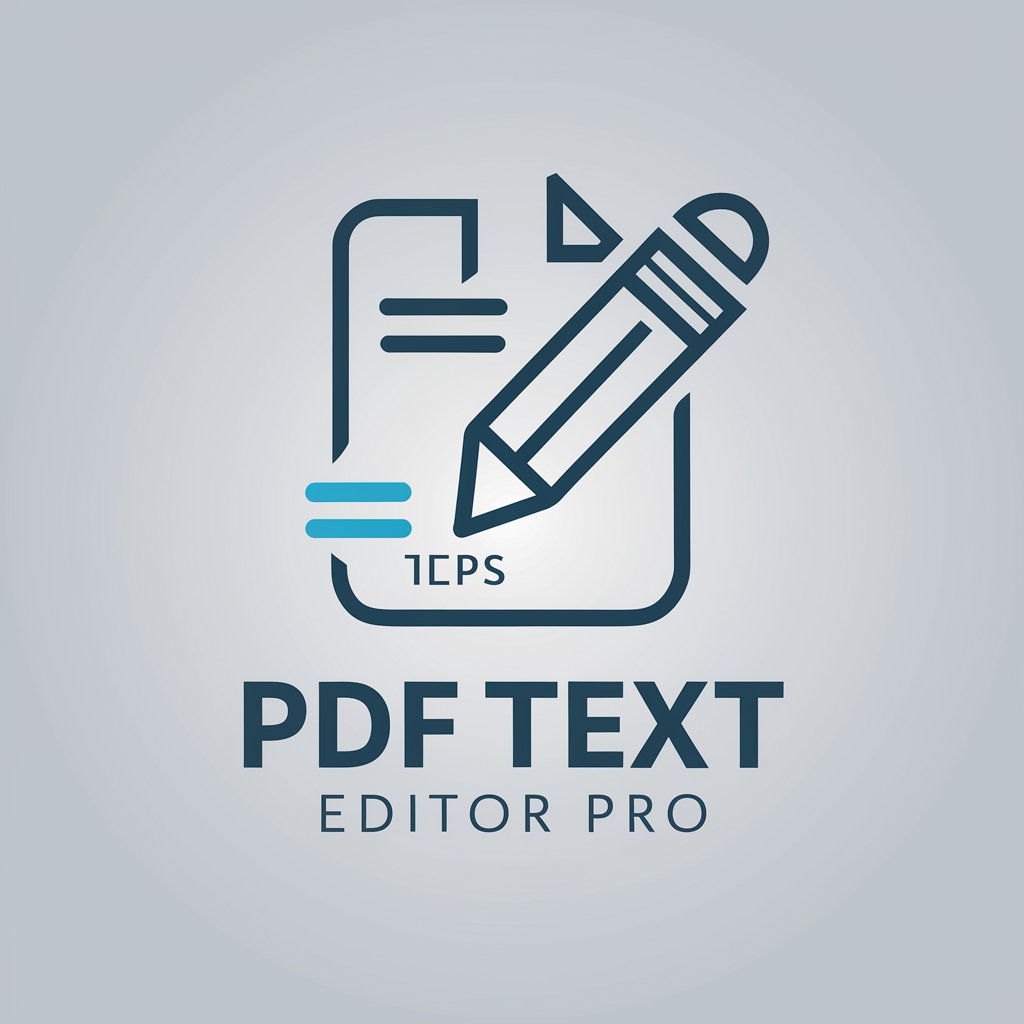
XML Transformer Pro-AI XML transformer
AI-powered XML & XSLT generation and optimization

Unleash the Power of Advanced XML and XSLT Processing
Create an XSLT template to transform the given XML into the desired output format.
Improve the performance of the provided XSLT while maintaining its core functionality.
Explain the operation and process of the specified XML and XSLT interaction.
Provide an XML with its corresponding XSLT to generate output.
Get Embed Code
Introduction to XML Transformer Pro
XML Transformer Pro is a specialized software tool designed to process and transform XML (Extensible Markup Language) data efficiently. Its main purpose is to allow users to convert, manipulate, and validate XML documents, supporting integration with various data sources and applications. By using sophisticated XSLT (Extensible Stylesheet Language Transformations) templates, XML Transformer Pro enables the extraction and transformation of XML data into different formats, such as HTML, JSON, or other XML structures. A common scenario for XML Transformer Pro is a business that needs to convert data from one system’s XML format to another, or automate the process of generating reports from raw XML data. The tool allows businesses to standardize their data processing workflows, improve interoperability, and reduce manual errors during transformation tasks.
Main Functions of XML Transformer Pro
XML Data Transformation
Example
Converting XML data into HTML reports
Scenario
A company receives customer transaction data in XML format and wants to generate an HTML report for the marketing department. XML Transformer Pro can apply an XSLT transformation to convert the XMLXML Transformer Pro overview data into a formatted HTML table, ready for analysis and presentation.
Schema Validation
Example
Ensuring XML data complies with XML Schema Definitions (XSD)
Scenario
A financial institution needs to validate incoming XML data from multiple sources to ensure it follows a predefined structure, such as a specific XSD schema. Using XML Transformer Pro, the institution can automatically validate XML documents against the schema, ensuring data integrity and minimizing errors in downstream systems.
Data Mapping and Integration
Example
Mapping XML data to another format like JSON or CSV
Scenario
A healthcare provider integrates data from various patient records stored in XML format with a cloud-based service that requires JSON. XML Transformer Pro allows them to map XML elements to JSON keys, facilitating seamless integration between systems with minimal manual intervention.
Ideal Users of XML Transformer Pro
Enterprise IT Departments
Large organizations with complex data workflows are ideal users of XML Transformer Pro. These users often need to automate the transformation and validation of large amounts of data between different formats and systems. The tool's ability to integrate with various data sources, validate complex XML schemas, and transform data for reporting or integration makes it an essential part of their IT operations.
Data Analysts and Report Generation Teams
Professionals involved in the preparation and delivery of data reports benefit from XML Transformer Pro’s ability to automate XML to HTML or other formats for visual presentation. These users require a tool that can handle large-scale data processing and provide flexible templates for creating reports quickly and accurately, saving time and reducing errors.
Software Developers and System Integrators
Developers working with systems that exchange data in XML format or need to integrate different applications using XML find XML Transformer Pro valuable. The tool supports the development of custom workflows for transforming, validating, and mapping XML data, providing the flexibility needed for integration and automation tasks.
Using XML Transformer Pro — Five clear steps
Access the free trial
Visit aichatonline.org for a free trial without login; no ChatGPT Plus required. (This gets you instant hands-on access to XML Transformer Pro features so you can test transformations and templates immediately.)
Prepare prerequisites
Have example XML files (or a representative sample), a target-output example (HTML, CSV, JSON, or other XML), and a modern browser. Basic familiarity with XML and XSLT helps but the tool includes guided templates and built-in validators to assist beginners.
Load data and define the target
Upload or paste your XML input, then either select a prebuilt XSLT template or describe the desired output using the tool’s UI (visual mapping or natural-language description). For complex outputs, provide a small, concrete sample of desired output to teach the transformer.
Generate, preview, and refine
Run the AI-assisted generator to produce XSLT (or transformed output). Use the live previewXML Transformer Pro Guide to inspect results, validate against schemas, and iterate: tweak mappings, add templates, or ask the assistant to optimize or simplify the stylesheet until the output matches requirements.
Export, optimize, and integrate
Export the final XSLT or transformed files. Use built-in optimization (minify, template re-use, inline templates) for performance, and integrate with your pipeline (CI, server XSLT processors, or browser). Tips: validate input with an XML schema, test with edge-case samples, and start with a small dataset before batch-processing large files.
Try other advanced and practical GPTs
考研数学老师
AI-powered math tutoring for exam success.

Info Graphic generator
Create stunning infographics with AI power

【NEW】AI Cat Generator
Create Personalized AI-Generated Cat Images

Tâm Linh Ứng Dụng (Official)
AI-powered assistance for research and writing.

Gemini Prompt Generator
AI-driven prompts for any writing task

ビジネスメール添削ツール
AI-powered email refinement for professionals

メルカリ アシスタント
AI-powered listing creator for Mercari—smart titles, descriptions, and pricing.

Crypto Trader
AI-powered crypto signals with disciplined risk.

Metatrader4 (MQL4) Professional Code Creator
AI-powered MQL4 code creation for EAs and indicators

医学研究助手
AI-powered companion for safer, clearer medical research

SQL Server 資料庫專家
AI-powered SQL Server expert for query tuning and schema guidance

C 语言助手
AI-driven assistance for C programming

- Optimization
- Reporting
- Integration
- Data Exchange
- Web Publishing
Top questions about XML Transformer Pro
What formats and XSLT versions are supported?
XML Transformer Pro supports any well-formed XML input and can output HTML, plain XML, JSON (via transformation), CSV, and text formats. It generates XSLT 1.0 and 2.0 compatible stylesheets and will indicate which constructs are only available in XSLT 2.0. When you target JSON, the tool either produces XSLT that emits JSON text or uses a direct export mode to produce native JSON from mappings.
How does the AI help generate XSLT from examples?
You provide one or more sample XML inputs and the desired output example or a natural-language description. The AI analyzes element/attribute patterns, suggests XPath expressions and templates, and assembles a readable XSLT stylesheet. It explains each template, offers alternatives (e.g., for performance or readability), and can produce comments and documentation inline so developers can understand and maintain the result.
Can it optimize and refactor existing XSLT?
Yes. Upload your existing XSLT and the tool will analyze for duplication, heavy XPath expressions, unnecessary node-set conversions, and deep recursion. It suggests refactors: template modularization, use of keys for lookup performance, and replacing expensive patterns with more efficient XSLT 2.0 constructs when available. It can produce a side-by-side diff and a performance summary estimating complexity improvements.
What security and privacy protections exist for uploaded data?
The tool provides options for local-only processing (browser-based transforms) or server-side processing with configurable retention policies. By default, trial uploads are ephemeral and deleted after the session; paid plans include stricter data retention controls and enterprise agreements (audit logs, VPC/isolated processing). Sensitive data should be masked before upload if your policy forbids external processing.
How do I integrate generated XSLT into production pipelines?
Export the generated XSLT file and include it in your CI/CD repository. Use the tool’s command-line export or API to automate generation as part of build steps. For runtime, deploy to your XSLT processor (Saxon, Xalan, libxslt) or use the tool’s hosted API to run transformations. The tool can also produce unit tests (sample input → expected output) to validate transformations in CI.






